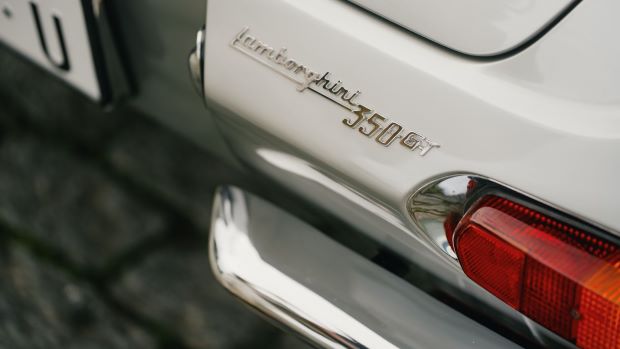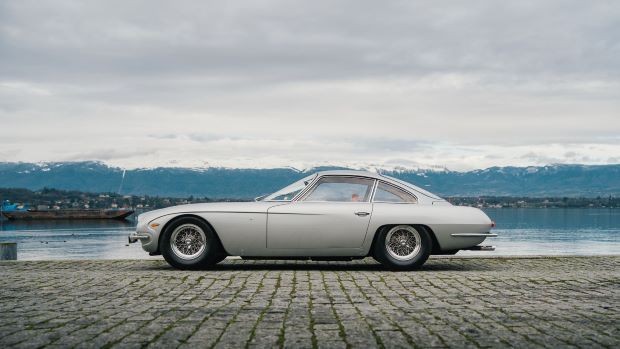
Lamborghini 350 GT returns to Geneva
London, 18 March 2024, (Oilandgaspress): – Automobili Lamborghini’s commercial story started on its stand at the 1964 Geneva Motor show, with the public presentation of the 350 GT. From that point on, customers were able to buy a car with the iconic bull symbol. Right from its conception, the 350 GT was fast and extraordinary at the same time. The chassis and frame were the result of the work of engineer Giampaolo Dallara, very young at the time and now considered the best chassis maker in the world. The 3.5-liter V12 engine with four overhead camshafts was the design of engineer Giotto Bizzarrini, who envisaged it for competitive use, and was adapted for road use on the 350 GT by engineer Paolo Stanzani, a key figure in the history of Automobili Lamborghini and GT cars around the world. The aluminum bodywork design and its production was carried out by Carrozzeria Touring in Milan, which in the early 1960s was considered the absolute best, able to deliver sports cars with a luxury finish.

The first production model made by Lamborghini was an immediate hit and caught the attention of much of the media present in Geneva at the time. The interiors of the 350 GT were of the highest level, with widespread use of leather and chrome plating, and characterized by a 2 + 1 configuration, with two front seats and a one central rear seat. As well as the design, the engineering was striking: the four independent wheels and engine performance, with 320 CV, were state-of-the-art choices. The engine captivated every visitor to the stand, where Ferruccio Lamborghini himself showed off the car to onlookers, future customers and journalists. As confirmation of its qualities, the Lamborghini V12 was taken to 4 liters just a few months later on the 400 GT, and in this new configuration it would become the cornerstone of Lamborghini’s success. For the next 40 years, the same geometry would be used in various positions and variations, and would become one of the key symbols of Lamborghini’s DNA. Indeed, this engine would be used in a front longitudinal position on the 400 GT, Islero, Jarama, Espada and LM 002, in a rear transverse position on the Miura, and in a rear longitudinal position on the Countach and Diablo.
Information Source: Read full article
Energy Monitors | Electric Power | Natural Gas | Oil | Climate | Renewable | Wind | Transition | LPG | Solar | Electric | Biomass | Sustainability | Oil Price |


